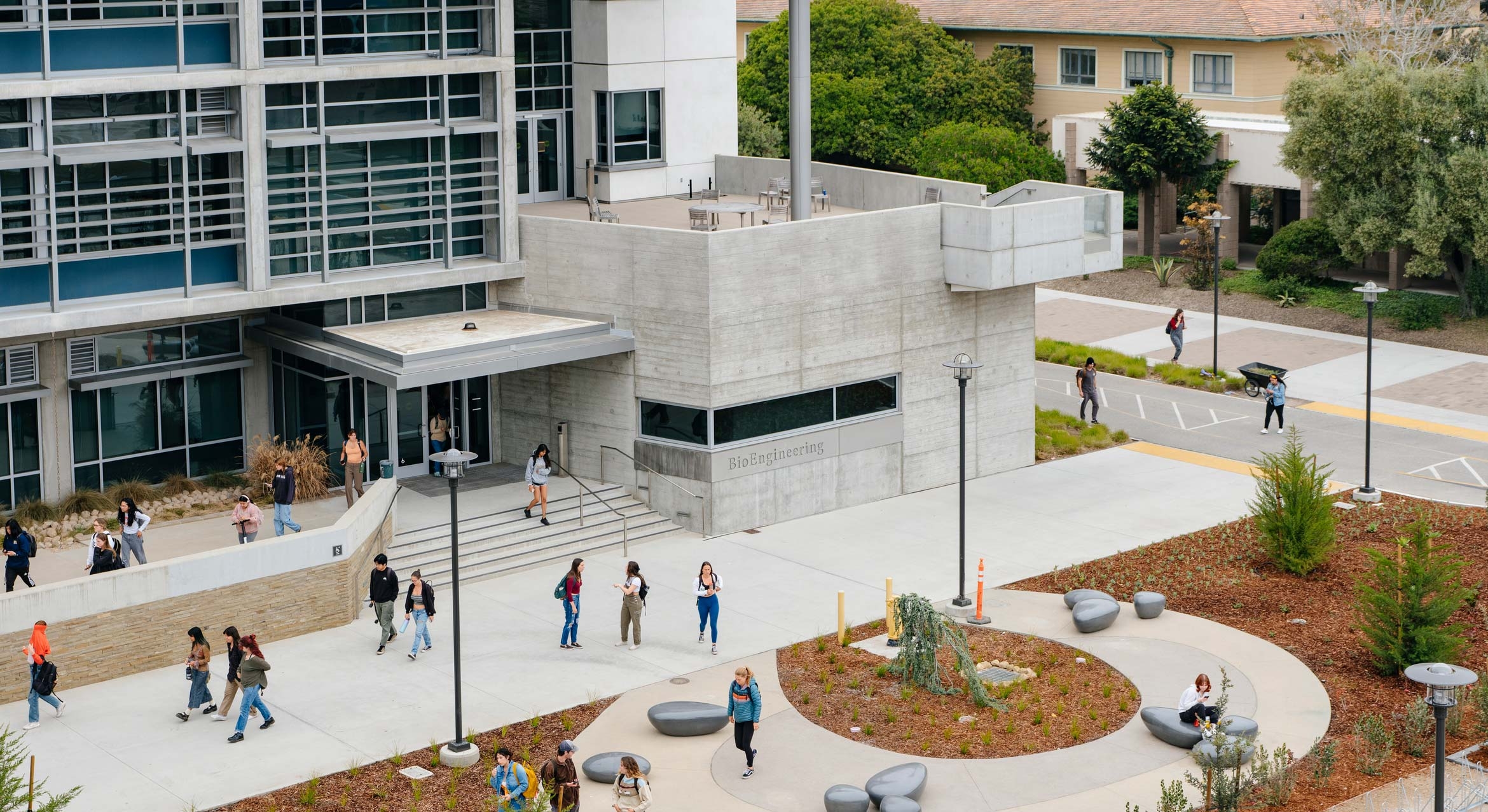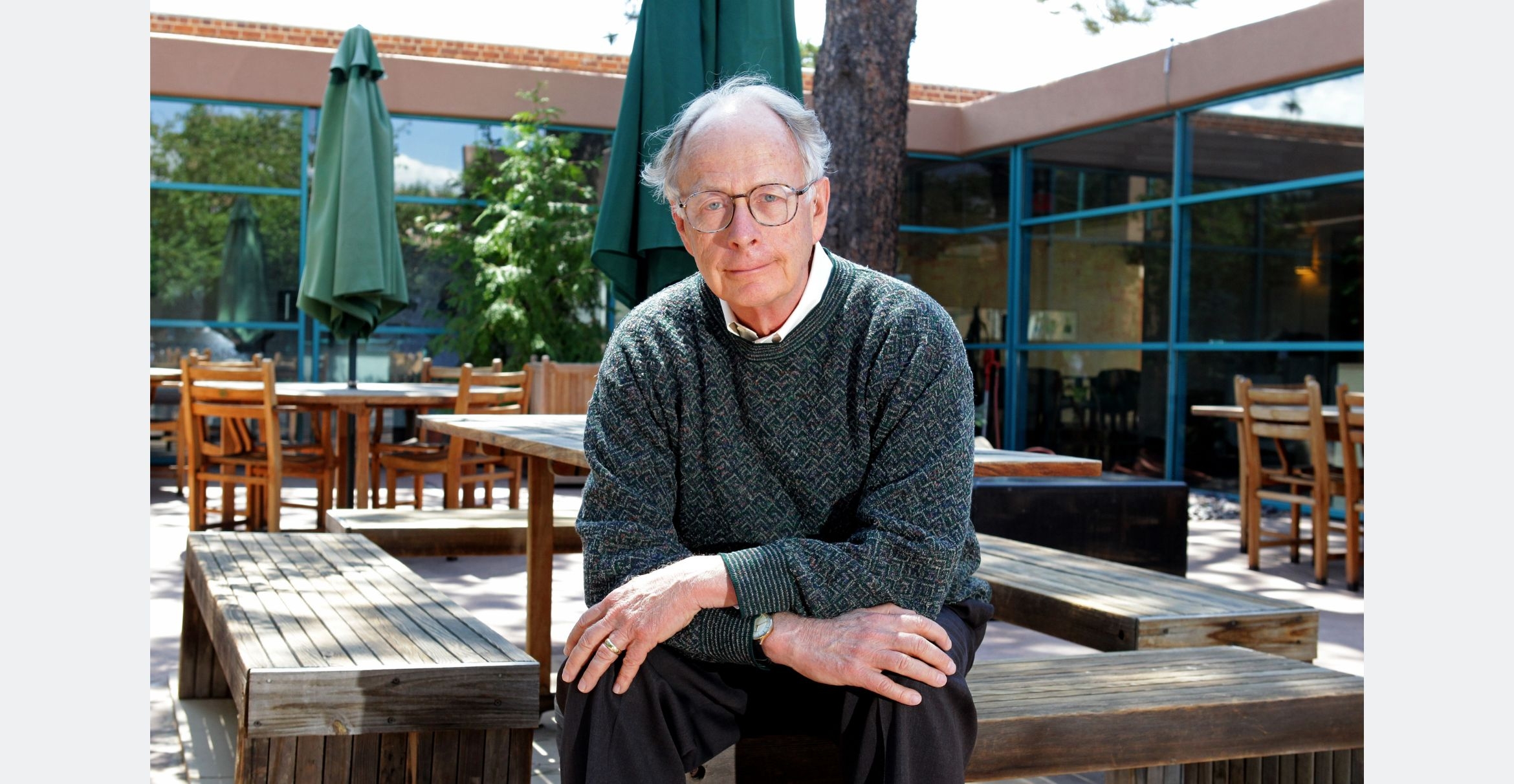
Physicists from around the country converged at UC Santa Barbara for two days of talks and camaraderie in memory of esteemed physicist Professor Jim Hartle, one of four cofounders of the campus’s Kavli Institute for Theoretical Physics (KITP), who passed away last May. The symposium, hosted at KITP in Kohn Hall, celebrated his outsized work and legacy.
“The idea was to remember Jim’s major contributions and talk about where they are now,” said his good friend and colleague Professor Gary Horowitz, who helped organize the event.
“Jim was always available for advice and counsel here at KITP,” said Director Lars Bildsten. “He could always be counted on for wisdom with a dose of humor.”
Hartle’s work spanned at least three areas over the course of his career. In the early 1960s, he delved into the interface between general relativity and stellar structure. He worked closely with Nobel Laureate Kip Thorne, from Caltech, who kicked off the event with a talk on Hartle’s astrophysical legacy. “It was a joyous time working together,” Thorne said, adding that his colleague’s research set the foundations for over a half century of work.
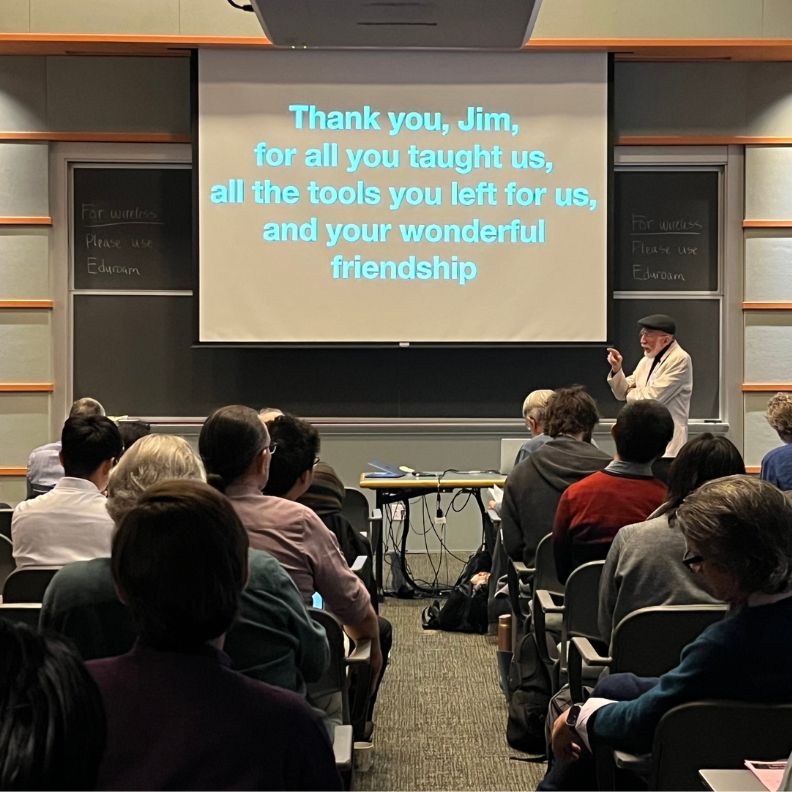
In the 1970s Hartle shifted his focus toward black holes, collaborating with astrophysicist Stephen Hawking to develop the Hartle–Hawking state. This formula describes the quantum state of a black hole in thermal equilibrium, with the matter falling into it counterbalanced by the Hawking radiation it emits.
By the ’80s Hartle had turned to cosmology, gaining a deep fascination with quantum mechanics shortly after the big bang, when the universe was small, hot and dense. During these brief moments, quantum effects ruled the cosmos. “Jim really devoted the rest of his life to understanding this quantum description of the universe. And he became known as the father of quantum cosmology,” Horowitz said.
Perhaps Hartle’s most famous paper came out in 1983. In collaboration with Hawking, he introduced a wavefunction to describe the entire universe. In theory, this is a weighted sum of all the ways that the universe could have expanded from an initial point. In practice, the two physicists had to drastically simplify the model.
“It, of course, attracted a lot of attention. A lot of controversy. But it has really stayed with us,” Horowitz said. “He viewed that as his most significant contribution to physics, and it led to a whole bunch of new questions.”
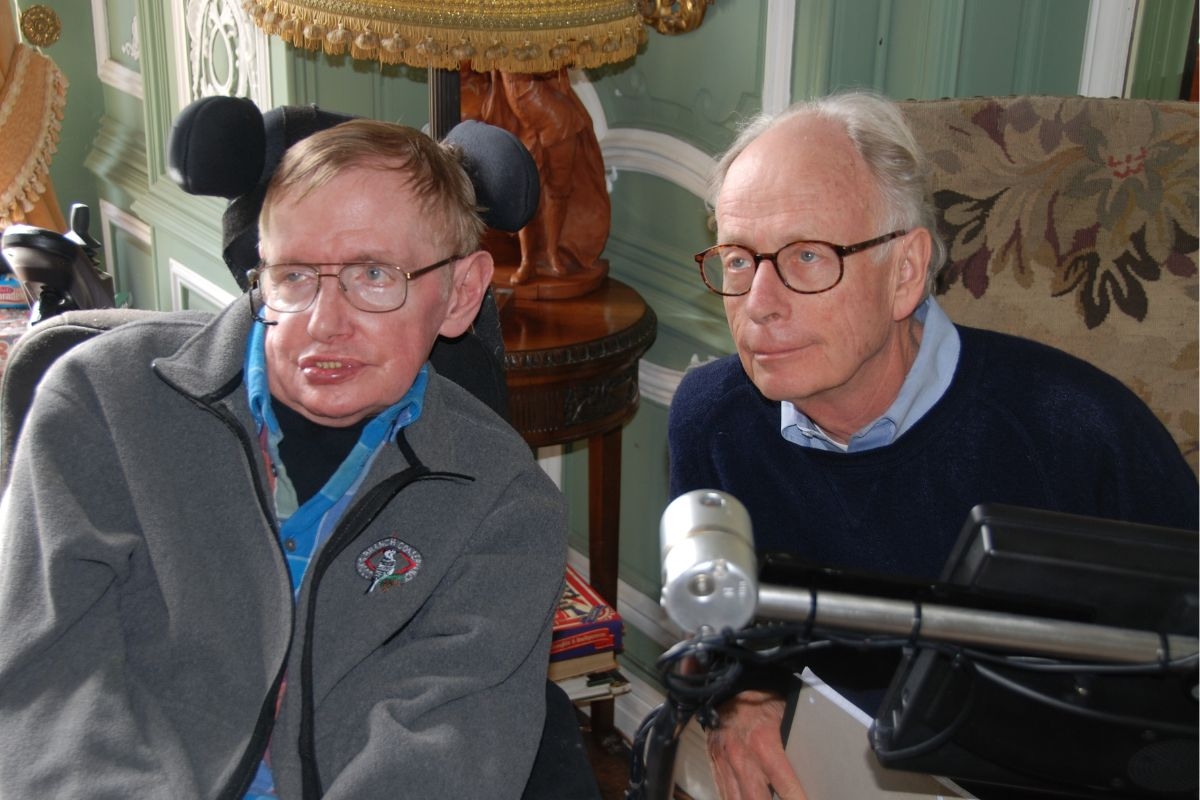
Standard formulations of quantum mechanics always assume there’s an outside observer measuring a quantum system from a classical frame of reference. “But when you’re talking about the whole universe, there are no outside observers,” Horowitz said. “So Jim embarked on a long-term program working with Murray Gell-Mann — another Nobel-Prize-winning physicist — and together they tried to extend quantum mechanics to systems like the universe as a whole, where there are no outside observers.”
It’s an approach that’s gaining interest as a metatheory to chip away at some of the arbitrary nature of the Copenhagen Interpretation of quantum mechanics. This formulation posits that particles and interactions have no definite existence until a measurement collapses their probabilistic nature into physical reality. “It’s a shortcut, but it’s clearly an approximation,” Horowitz said.
Hartle was one of the founders of KITP, initially called the Institute for Theoretical Physics (ITP). In the 1970s the National Science Foundation put out a call for proposals to establish a center for theoretical physics. Jim and three of his colleagues at UC Santa Barbara put together the winning proposal, and the institute opened in 1979. “That whole concept was the unity of theoretical physics — how it’s one discipline — and that was the founding idea of the ITP,” said Oxford professor John Cardy. Hartle served as its director from 1995 to 1997, hiring Nobel Laureate David Gross to take over his post.
The event’s attendees shared stories of Hartle’s brilliance, patience and humor. “There was a certain time of day, about five minutes before noon, when Jim would knock on my door and say, ‘Are you going to lunch?’” Cardy recalled. “He, himself always brought his lunch in a brown bag that was labeled ‘brown bag.’”
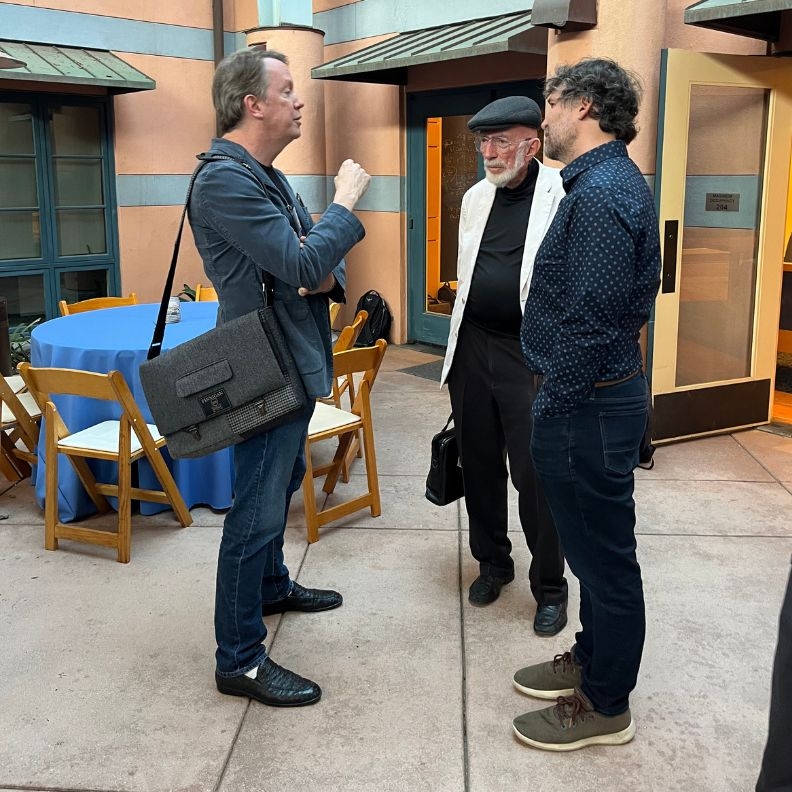
Everyone agreed, Hartle was a warm, caring and patient person who took a great interest in his students, postdocs and colleagues. “I’ve known him for over 40 years,” said Horowitz, whom Hartle brought to UCSB as a postdoc in 1979, and later as faculty in 1983. “Jim was my life-long mentor and colleague.”
“Jim loved the process of testing and refining theories in physics through interactions with other people,” said his wife, Mary Jo Hartle. “He would have been delighted to have brought you together to continue that.”
We each hope our contributions and achievements amount to more than a brief obituary, or a condolence email. That, when we pass, people will set aside a bit of their busy lives to remember us. For those who knew Professor Jim Hartle, his life and impact certainly warranted a symposium.
Harrison Tasoff
Science Writer
(805) 893-7220
harrisontasoff@ucsb.edu
